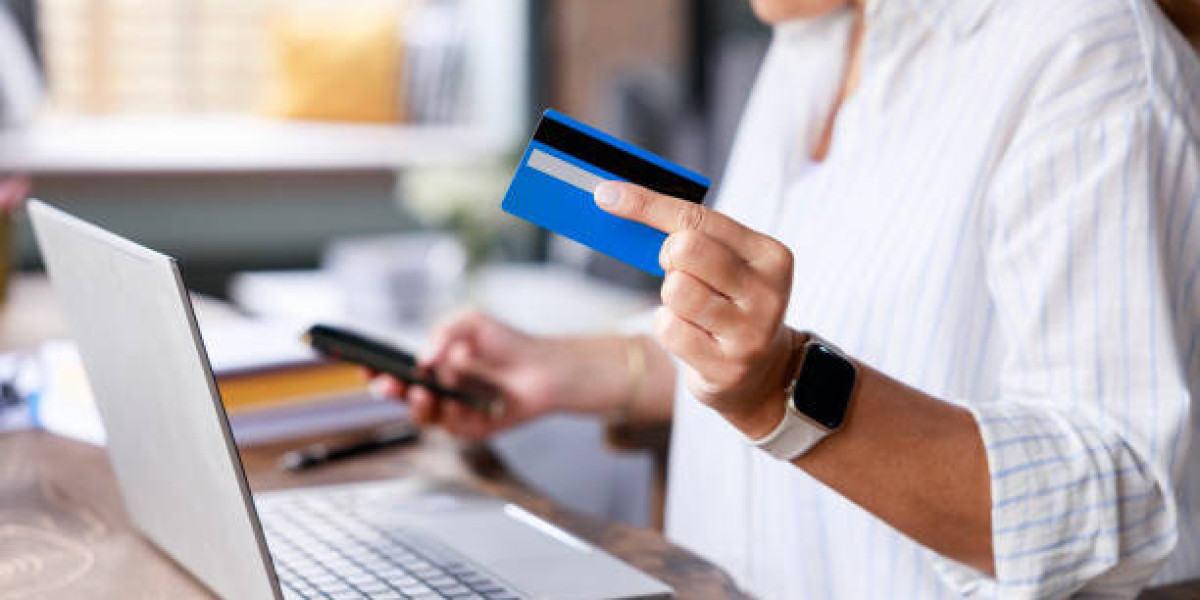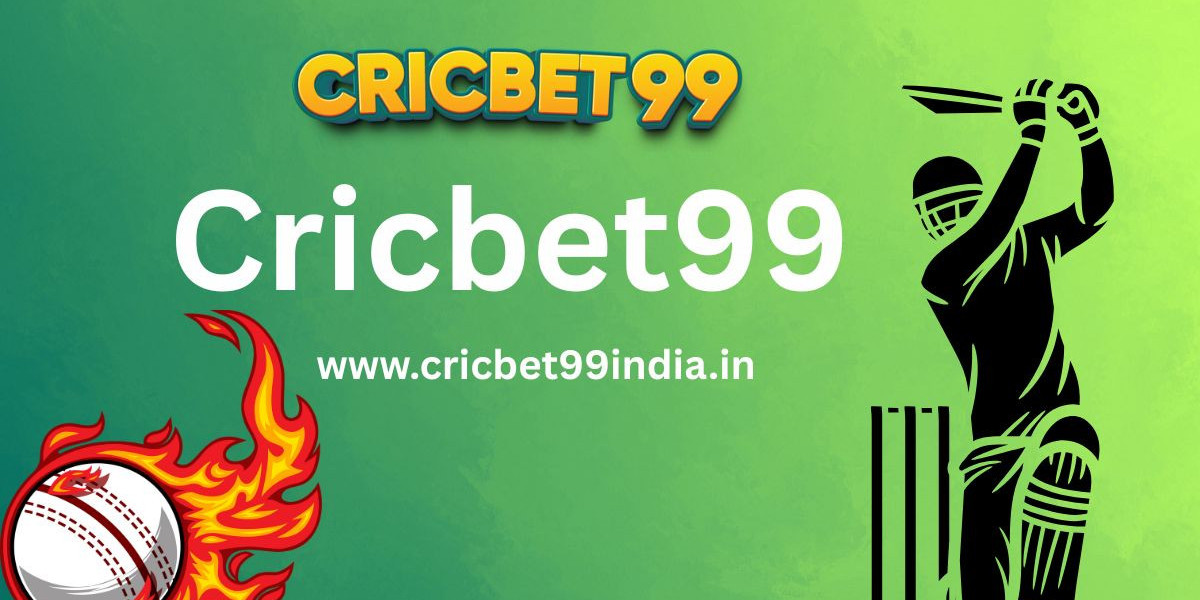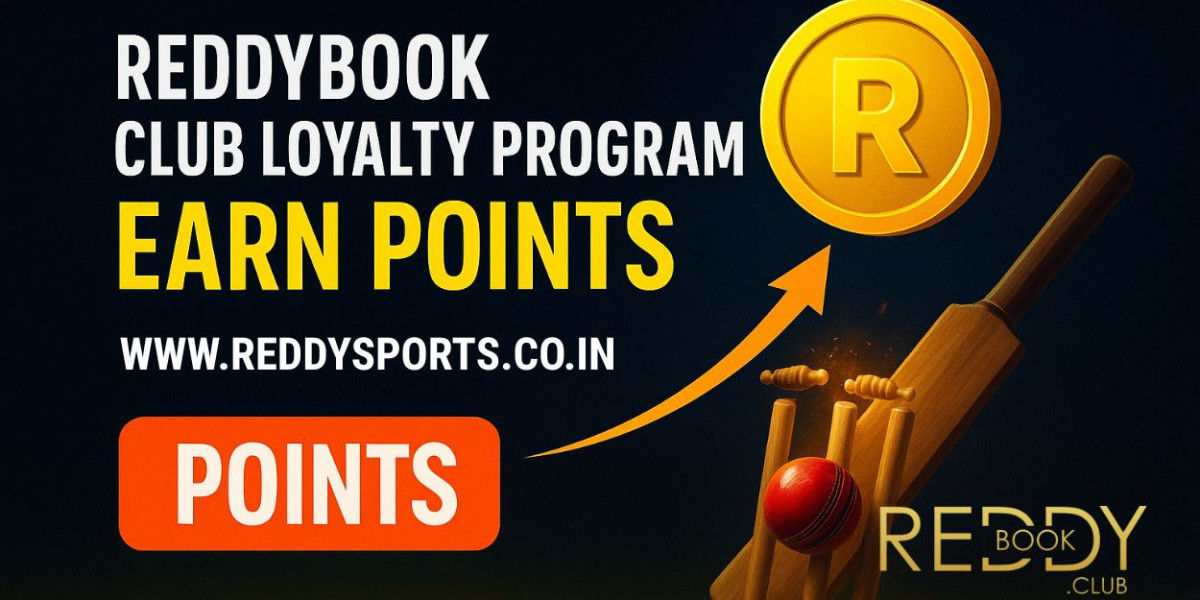Picture this: You're at a networking event, and someone asks for your resume. Instead of fumbling through your phone or promising to email it later, you simply tap your digital business card against their device. Within seconds, they have your complete professional profile, resume, portfolio, and contact information at their fingertips. Welcome to the future of professional networking.
In today's fast-paced digital world, traditional paper business cards are becoming relics of the past. Digital business cards with embedded resumes are revolutionizing how professionals share their credentials, making connections more meaningful and follow-ups more likely. This comprehensive guide will walk you through everything you need to know about embedding your resume in a digital business card, from choosing the right platform to optimizing your content for maximum impact.
What Is a Digital Business Card?
A Digital Business Card UK is an electronic version of your traditional business card that lives on your smartphone, tablet, or computer. Unlike paper cards that can get lost, damaged, or outdated, digital business cards are dynamic, shareable, and infinitely more versatile.
These modern networking tools go beyond basic contact information. They can include clickable links to your LinkedIn profile, website, social media accounts, and yes—your complete resume. Digital business cards use various technologies like QR codes, NFC (Near Field Communication), email signatures, and dedicated apps to share your professional information instantly with anyone you meet.
The beauty of digital business cards lies in their convenience and sustainability. They eliminate the need to carry stacks of paper cards, reduce environmental waste, and ensure your contacts always have your most current information. Plus, they're incredibly cost-effective since you never need to reprint them when your details change.
Why Embed Your Resume in Your Digital Business Card?
Embedding your resume directly into your digital business card creates a powerful one-stop professional profile that sets you apart from the competition. Instead of making potential employers or clients wait for an email, you're providing immediate access to your qualifications, work history, and achievements.
This approach significantly increases the likelihood of follow-through. Research shows that people are much more likely to review information they receive instantly rather than materials promised for later. When you hand someone your digital card with an embedded resume, they can review your credentials right there on the spot or save it for later review without any additional steps.
For job seekers, this strategy is particularly powerful. Recruiters and hiring managers appreciate efficiency, and having your resume readily available demonstrates your tech-savviness and preparation. It also ensures you're never caught off guard—whether you're at a conference, coffee shop, or casual meetup, you're always ready to make a professional impression.
Choosing the Right Platform for Your Digital Business Card
Selecting the right platform is crucial for creating an effective digital business card with an embedded resume. Several excellent options exist, each with unique features and capabilities that cater to different professional needs.
Popular platforms like HiHello, CamCard, Linq, and Haystack offer user-friendly interfaces and robust features for creating customized digital cards. Many of these services provide both free and premium versions, allowing you to start basic and upgrade as your needs grow. When evaluating platforms, consider factors like design flexibility, file attachment capabilities, analytics tracking, and integration with existing tools like your CRM or email marketing software.
Some platforms specialize in specific industries or use cases. For instance, creative professionals might prefer platforms with strong portfolio integration, while sales professionals might prioritize CRM compatibility. Take advantage of free trials to test different options before committing. The right platform should feel intuitive, match your professional brand, and make sharing your information effortless for both you and your contacts.
Creating Your Digital Business Card: Step-by-Step
Getting started with your digital business card is simpler than you might think. Most platforms follow a similar creation process that takes just minutes to complete, even for those who aren't particularly tech-savvy.
First, sign up for your chosen platform and select a template or design that aligns with your professional brand. Input your basic information including your name, job title, company, phone number, and email address. Next, add your professional photo—choose a high-quality headshot with good lighting that presents you professionally.
Now comes the customization phase. Add links to your LinkedIn profile, personal website, portfolio, and relevant social media accounts. Most platforms allow you to choose which elements appear prominently on your card. Organize your information logically, putting the most important details first. Finally, upload your resume in a commonly accessible format like PDF, ensuring it's optimized for mobile viewing and doesn't exceed the platform's file size limitations.
Preparing Your Resume for Digital Embedding
Before embedding your resume, you need to optimize it for digital consumption. A resume designed for digital viewing requires different considerations than one formatted for printing on paper.
Start by converting your resume to PDF format. PDFs maintain consistent formatting across all devices and operating systems, ensuring your carefully designed layout appears exactly as intended. Make sure your PDF is text-searchable rather than image-based—this improves accessibility and allows recipients to easily copy information if needed.
Keep your file size reasonable, ideally under 2MB. Large files take longer to download and may cause issues on some devices or with certain internet connections. Compress your PDF if necessary using tools like Adobe Acrobat or online compression services. Use a clear, descriptive filename like "JohnSmith_Resume_2025.pdf" rather than generic names like "Resume.pdf"—this makes it easier for recipients to find and reference your document later.
Consider creating a mobile-optimized version of your resume. While PDFs are generally mobile-friendly, some complex layouts can be difficult to read on small screens. Test your resume on various devices to ensure readability, and consider creating a simplified single-column version specifically for mobile viewing if your original layout doesn't translate well.
Uploading and Attaching Your Resume
The process of actually embedding your resume varies slightly depending on your chosen platform, but the general principles remain consistent across most digital business card services.
Look for options labeled "Attachments," "Documents," "Files," or "Resume" in your platform's editing interface. Click the upload button and select your prepared resume PDF from your device. Some platforms allow multiple file attachments, which is perfect if you want to include additional documents like a portfolio, certifications, or references.
After uploading, you'll typically be able to customize how your resume appears on your card. Some platforms display a download button, while others create a clickable link with a custom label. Choose descriptive text like "Download My Resume" or "View Full Resume" rather than generic labels—this clarity encourages recipients to actually open and review your document.
Verify that your resume uploads correctly by testing it yourself. Send your digital business card to your personal email or another device and attempt to download and open the resume. Check that the formatting remains intact, all pages appear in the correct order, and there are no accessibility issues. This quality check prevents embarrassing situations where you confidently share your card only to discover the resume doesn't work properly.
Designing Your Digital Card for Maximum Impact
Your digital business card's design significantly influences how people perceive your professional brand and whether they engage with your embedded resume. A well-designed card creates a strong first impression and encourages deeper exploration of your credentials.
Start with a clean, professional design that reflects your industry and personal brand. Creative professionals might incorporate bold colors and unique layouts, while corporate professionals typically benefit from more conservative, traditional designs. Ensure your color scheme provides good contrast for readability—dark text on light backgrounds (or vice versa) works best.
Include a professional photograph that shows your face clearly with appropriate lighting and background. People are more likely to remember and connect with cards that include photos. Your image should align with your industry standards—lawyers and corporate executives typically choose formal headshots, while tech entrepreneurs might opt for more casual, authentic photos.
Organize information hierarchically, placing your most important details prominently at the top. Your name should be the largest text element, followed by your title and company. Use white space effectively to prevent your card from looking cluttered. Remember that less is often more—include only the most relevant information rather than overwhelming recipients with every possible contact method and link.
Optimizing Your Resume Content for Quick Review
When your resume is embedded in a digital business card, recipients often review it quickly on mobile devices in various environments. Optimizing your content for these rapid reviews increases the likelihood of making a positive impression.
Lead with a strong professional summary or headline that immediately communicates your value proposition. This brief statement at the top of your resume should capture your most impressive achievements and career focus in two to three sentences. Think of it as your elevator pitch in written form.
Use clear section headings and bullet points to improve scannability. Recruiters and potential employers often skim resumes initially, looking for specific keywords and qualifications. Make it easy for them to find relevant information by organizing your experience, education, and skills into clearly labeled sections with plenty of white space between them.
Quantify your achievements whenever possible. Numbers catch the eye and provide concrete evidence of your impact. Instead of saying "managed a team," say "managed a team of 12, increasing productivity by 30%." These specific details make your accomplishments more memorable and credible.
Adding Supporting Documents and Portfolio Links
Beyond your core resume, digital business cards offer opportunities to showcase additional materials that paint a complete picture of your professional capabilities and achievements.
Consider including a portfolio link if you work in a visual or creative field. Designers, writers, photographers, marketers, and developers all benefit from showing, not just telling, what they can do. If your platform allows multiple attachments, you might include case studies, white papers, or project summaries that demonstrate your expertise in action.
Certifications and credentials carry significant weight in many industries. Upload copies of relevant certificates, licenses, or training completions that strengthen your qualifications. For fields like IT, healthcare, education, or finance where specific credentials are essential, making these immediately accessible can give you a significant competitive advantage.
Letters of recommendation or testimonials add third-party validation to your self-reported achievements. While you might not include full letters on your digital card, you could create a one-page document with several powerful testimonial quotes from clients, colleagues, or supervisors. This social proof helps build trust and credibility with new contacts.
Leveraging QR Codes for Easy Sharing
QR codes provide one of the simplest and most universal methods for sharing your digital business card with embedded resume. These scannable squares have become ubiquitous, and most people now understand how to use them.
Most digital business card platforms automatically generate a unique QR code linked to your card. Download this QR code and incorporate it into various materials—your email signature, LinkedIn profile, physical business cards, presentation slides, or even your Zoom virtual background during video calls.
The beauty of QR codes is their flexibility. You can print them on merchandise like t-shirts for conference attendance, include them in your portfolio or presentation materials, or display them on your laptop during in-person networking events. Anyone with a smartphone can scan your code in seconds and immediately access your complete professional profile and resume.
Keep your QR code accessible on your phone's home screen or in your photos so you can quickly display it when networking opportunities arise. Some professionals even use their QR code as their phone's lock screen wallpaper for maximum accessibility. This ensures you're never fumbling to pull up your information when someone asks about your background or experience.
Using NFC Technology for Seamless Sharing
Near Field Communication (NFC) takes digital business card sharing to an even more sophisticated level. This technology allows two devices to communicate simply by bringing them close together—no scanning, typing, or searching required.
Many modern smartphones support NFC, and numerous digital business card platforms offer physical NFC cards or tags that you can program with your information. These small cards look like traditional business cards but contain embedded chips. When someone taps their phone against your NFC card, your digital business card with embedded resume instantly transfers to their device.
NFC creates an impressive, futuristic experience that positions you as tech-forward and innovative. The seamless nature of the interaction—literally just a tap—removes all friction from the exchange. Recipients don't need to have the same app or platform; the information opens directly in their web browser or prompt them to save your contact information.
You can purchase blank NFC cards or tags online relatively inexpensively and program them using your digital business card platform's mobile app. Some services even sell pre-designed NFC business cards with your information already embedded. These physical products combine the tangible experience of traditional card exchange with all the advantages of digital technology.
Customizing Privacy and Sharing Settings
One often-overlooked aspect of digital business cards is the ability to control who sees what information and when. This flexibility allows you to tailor your professional presentation to different contexts and audiences.
Most platforms offer privacy controls that let you choose which elements of your card are visible to different recipients. You might create separate versions—one comprehensive card for serious job opportunities with your full resume attached, and a lighter version for casual networking without the resume. This customization prevents information overload while maintaining professional boundaries.
Some advanced platforms include analytics that show you when someone views your card, downloads your resume, or clicks specific links. These insights help you gauge interest and determine which contacts warrant follow-up. If you notice someone has viewed your resume multiple times, that's a str








